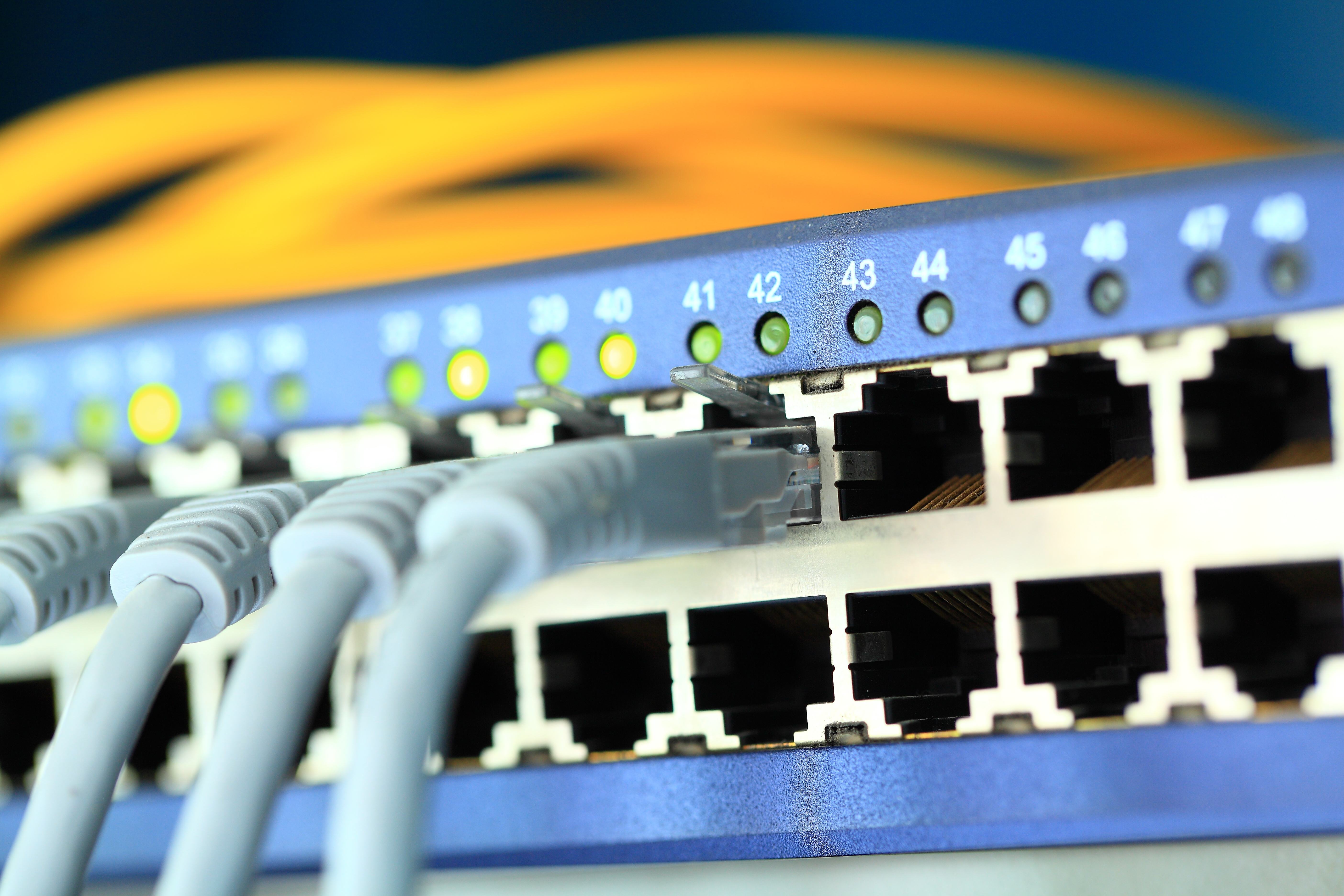Connecting every home in America is an aspirational goal pretty much everyone can agree on. But the problem comes down to whether it makes financial sense to actually complete the job.
The problem comes down to price, as The Wall Street Journal found. The average cost to run a fiber optic cable line is estimated at $53,000 per household in rural Nebraska, the WSJ reported, exceeding some homes’ property value. Remote areas in Montana are estimated to cost even more: $300,000 per connection in the mountains.
The figures paint a stark picture of the challenges that come from closing the digital divide. It also shows how the costs to install fiber, seen as the most reliable form of broadband, can skyrocket, leading some to wonder if the money couldn’t be used elsewhere.
“The problem is, money is not infinite,” said Blair Levin, an equity analyst for New Street Research who used to work for the Federal Communications Commission and drew up the original National Broadband Plan. “If you’re spending $50,000 to connect a very remote location, you have to ask yourself, would we be better off spending that same amount of money to connect [more] families?”
Not all connections cost the same, which is why it’s so difficult to install hundreds of miles of fiber optic lines in rural locations. The amount of cables needed to connect the most remote spots drives up the price of developing infrastructure and eats into grant money allotted to each state. Expensive projects in rural areas can quickly drain the funds to complete the infrastructure, which means more money is spent on connecting fewer households.
The U.S. government earmarked more than $60 billion for the Internet for All program, which, as the name suggests, aims to provide internet access throughout the country, specifically in rural areas. The government considers fiber optic a better long-term investment over satellite internet, such as Starlink, which is already available in most states. However, the cost of the equipment is too costly for many residents, and connectivity can be unreliable.
The WSJ looked at the residents of Nebraska’s Winnebago Tribe, who were granted a $35.2 million high-speed internet upgrade through a federal initiative. Funding from the Commerce Department’s Tribal Broadband Connectivity Program would create a 235-mile fiber-optic infrastructure to boost residents’ speed. However, associated costs appear to outweigh the houses’ value, causing some pause for concern.
The TBCP estimated an average of $13,300 per location, significantly less than the $53,000 quote now, in Nebraska, which includes the tribes’ homes, businesses, schools, and hospitals. For comparison, the Treasury Department and Federal Communications Commission average between $1,750 and $3,300 per connection.
The flip side, however, is to scrap the buildout, which also isn’t an option.
“We are reliant on internet service just as much as anyone else,” said Sunshine Thomas-Bear, Winnebago’s historic preservation officer.

